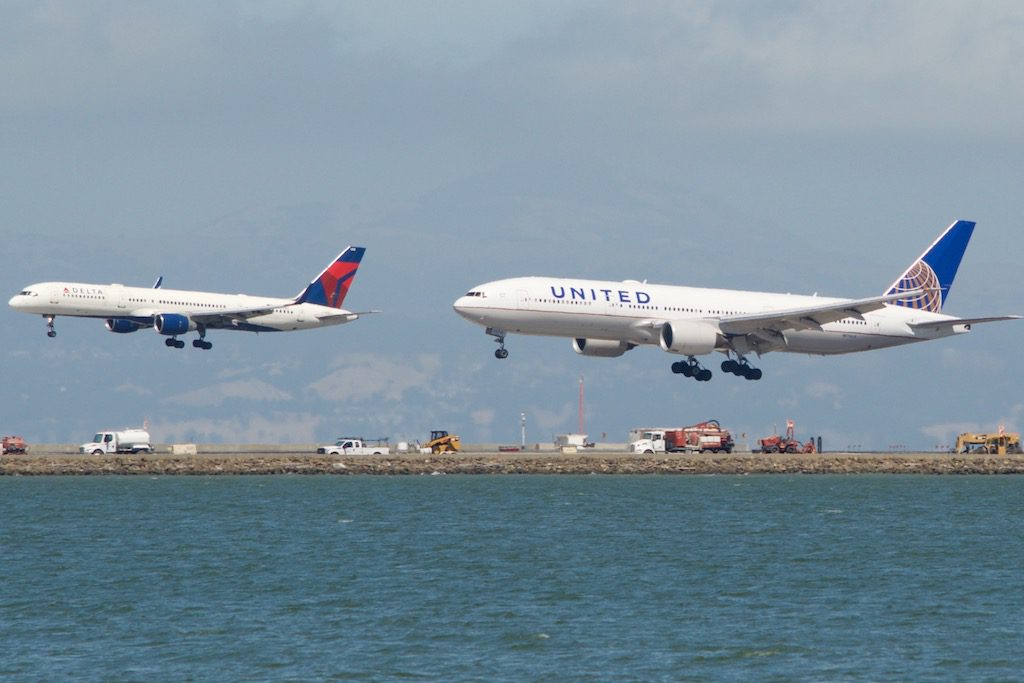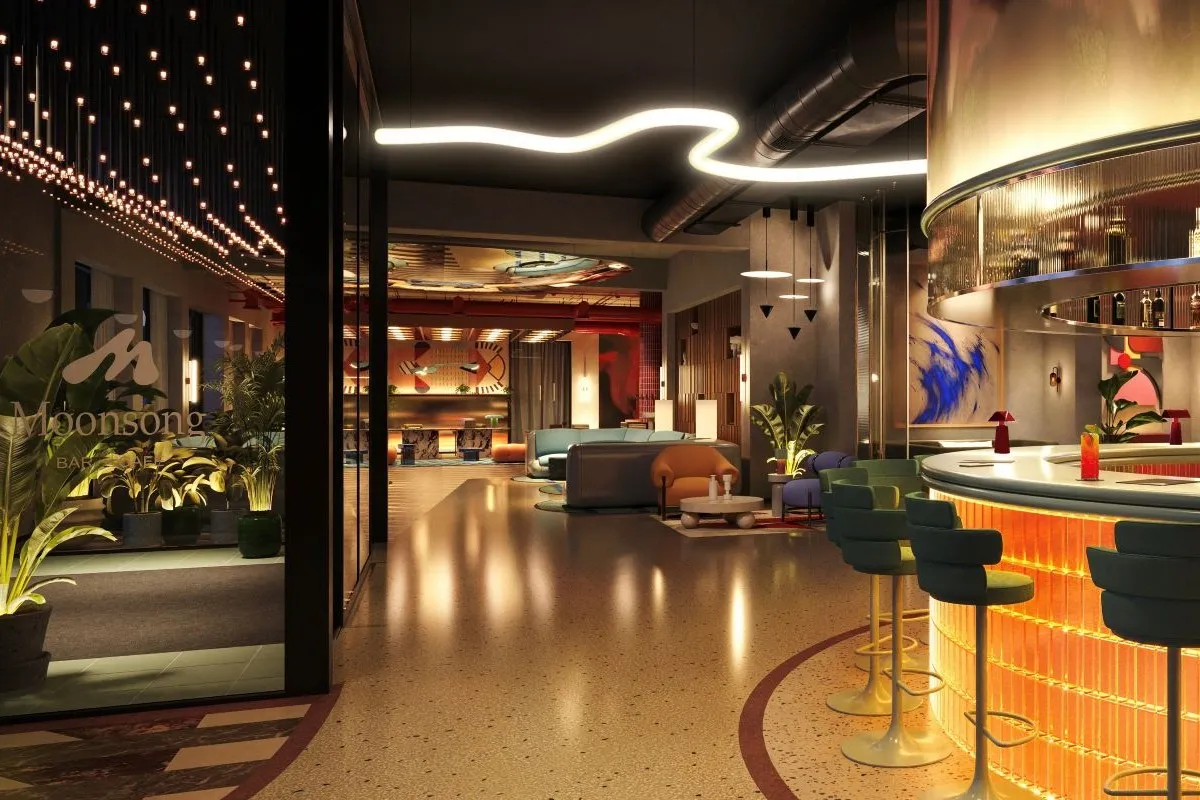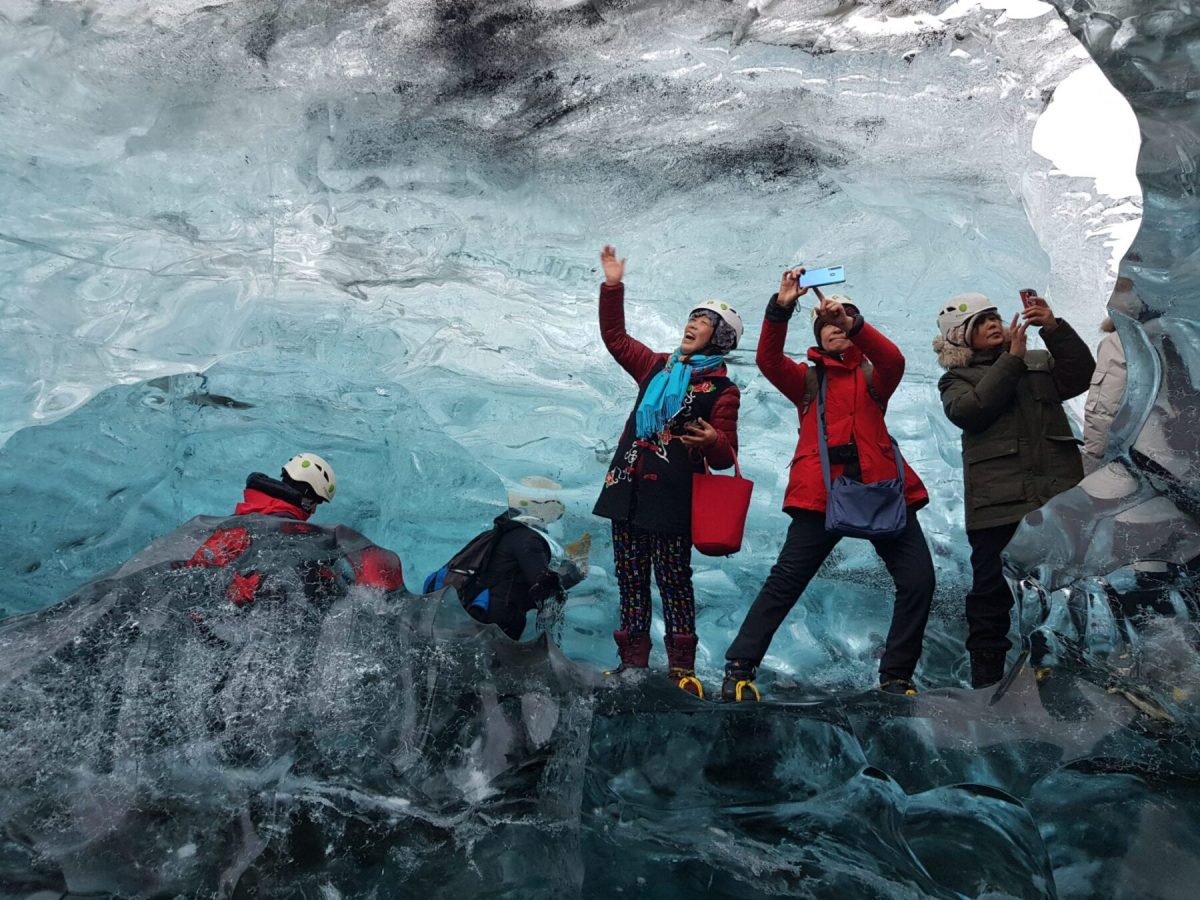Delta, United, Alaska Expect to Break Even by April as Travel Recovery Picks Up Steam

Skift Take
Airlines have trudged on a long and arduous road through the coronavirus pandemic, from setting down the majority of the global fleet a year ago to the mirage of a recovery last summer and a second — in some places third — Covid-19 wave this winter.
Now, finally, it looks like the environment in the U.S. has turned a corner. Alaska Airlines, Delta Air Lines and United Airlines are all looking to either break even or generate positive cash flow this month after a year of daily losses. They, and others, are eagerly looking ahead to what is shaping up to be a markedly stronger summer than last for domestic travel.
"Assuming the current bookings trajectory continues, we'd expect core cash burn to be positive going forward," United CEO Scott Kirby said at the J.P. Morgan Industrials Conference on Monday. However, he acknowledged that there is "still a lot of hard work" ahead, not least in turning positive cash flow into profits. United lost $8.8 billion before taxes in 2020.
The booking inflection point — something airline executives waxed on about in January — seems to have occurred in the past few weeks. The driving factors appear to be falling Covid-19 case counts and a steadily increasing number of vaccinated Americans. As of Monday, more than 21 percent of the U.S. population, or 71 million people, had at least one inoculation against the virus, according to Centers for Disease Control and Prevention data.
Delta CEO Ed Bastian pegged the shift in bookings to five or six weeks ago, or early February. The airline's revenues took a "big step up" improving by 40 percent from February to March on the back of the rise in bookings, he said.
Both executives' comments come as Transportation Security Administration (TSA) screening numbers regularly come in above a million people a day after a year mostly well below that symbolic line. The agency screened 1.3 million people on Sunday, March 14, which was a strong pandemic number but still 41 percent below 2019 levels.
“This pandemic was very much a yellow flag — everyone needed to slow down and get a pit stop ... [Now] we’re very close to the green flag dropping," American Airlines CEO Doug Parker said at the same J.P. Morgan event employing an auto racing metaphor to describe the recovery.
Vacationers to domestic and near-international destinations — the Caribbean and Mexico primarily — are "definitely coming back," he said. However, the lucrative business travel and long-haul international segments have yet to come back in any notable way.
The stages of the travel recovery from American Airlines. $AAL pic.twitter.com/GtmiY520fN
— Edward Russell (@ByERussell) March 15, 2021
Those latter prognoses were true across U.S. airlines. Even as the industry looks forward to eager Americans returning to the skies to fill their unrequited wanderlust this summer, visiting family and taking an overdue holiday represents only a partial recovery. Corporate road warriors and long-haul international travel must return for a full recovery, something industry trade group Airlines for America (A4A) does not expect until around 2024.
“It’s going to take a while for the business travel to come back, and it may never get back to pre-pandemic levels — there’s just no way to know that right now," Southwest Airlines CEO Gary Kelly said at a Washington Post Live event on Monday. He cited the five-year recoveries in corporate travel after past economic crises as a base timeline but added that, with how Covid-19 has changed how we work, it could take much longer.
Business travel is down roughly 90 percent from normal levels at Dallas-based Southwest, Kelly said.
An international recovery is more a function of when governments are willing to reopen their borders or, at least, lessen travel restrictions. Executives across the industry are pushing for the adoption of Covid testing or vaccination verification regimes to replace mandatory quarantines as a first step to restarting long-haul international flying.
“I think people who’ve been vaccinated should be able to travel without restriction. Those who have not been vaccinated should be able to travel with a negative test result," British Airways CEO Sean Doyle said over the weekend. The carrier, which relies heavily on transatlantic flying, has been hit hard by the UK's travel restrictions. BA's parent International Airlines Group (IAG), which also owns Aer Lingus and Iberia, only plans to fly about 20 percent of its 2019 schedule in the first quarter as a result.
One thing is clear: every U.S. airline benefitted enormously from the government's financial assistance during the crisis. The initial CARES Act in March 2020 included $25 billion in both payroll assistance and $25 billion in direct aid to the industry as both loans and grants. Since then, Congress has provided an additional $15 billion in payroll aid and, just this month, a third round of $14 billion in payroll relief. Altogether, the government will have foot the bill for the majority of airlines' labor costs — their largest expense alongside fuel — for nearly a year-and-a-half.
“One of the things that has allowed the U.S. industry to emerge from this crisis bruised but relatively strong is the support of Congress," Bastian said on Monday. Delta's partners Aeromexico and LATAM Airlines both sought bankruptcy protection after revenues dried up and it became clear government aid in Mexico and Chile, respectively, would not be forthcoming.
Of course, once travelers do come back and airlines' return to profitability they face their next challenge: repaying all the government loans and other debt that they took on to weather Covid-19. But that concern is for another day.




